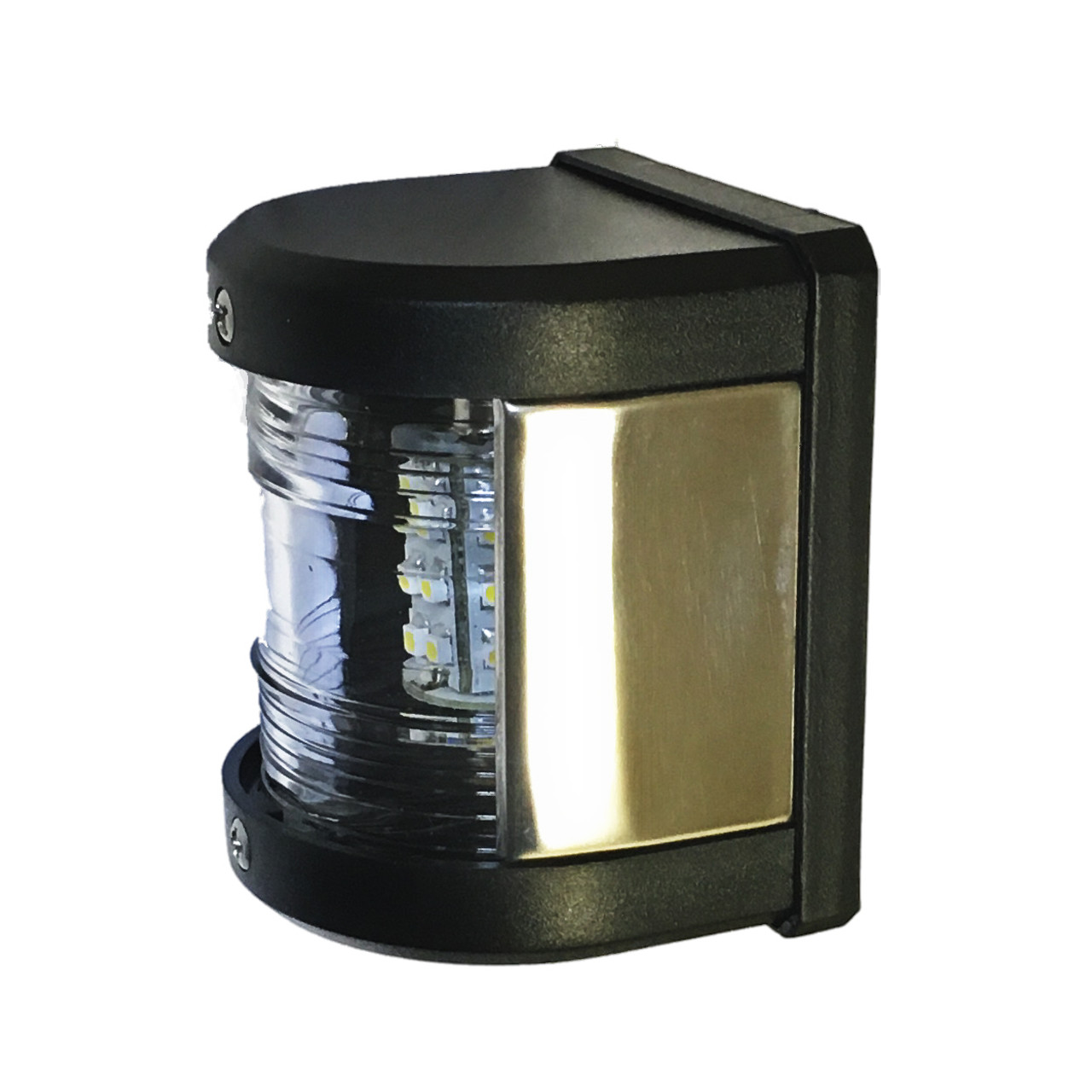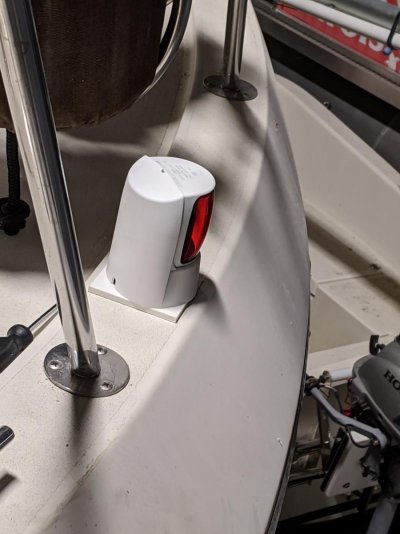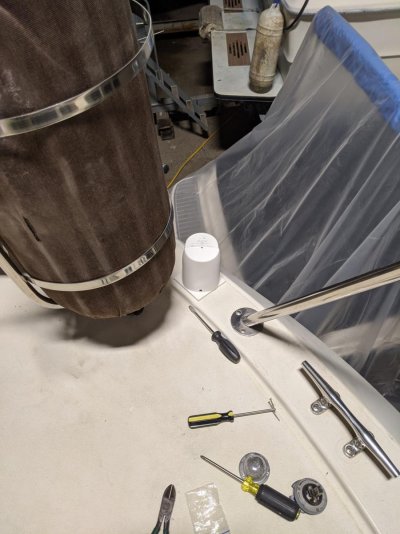rslifkin
Guru
- Joined
- Aug 20, 2019
- Messages
- 7,599
- Location
- USA
- Vessel Name
- Hour Glass
- Vessel Make
- Chris Craft 381 Catalina
The major big box hardware stores sell 120V LED tubes that are direct replacements for fluorescent tubes -- no rewiring at all, just take the old tubes out and put the new ones in.
On Fintry, the only incandescents on the boat are the running lights. A single vertical filament is needed to get the cutoffs required at the edge of the color sectors, so replacing the bulbs would probably require replacing the fixtures to meet USCG requirements.
Jim
For the nav lights, it depends on what the existing fixtures are. Some have LED retrofits available that are tested to still meet the cutoff and brightness requirements, others don't. But good LED fixtures aren't hard to find anyway.




